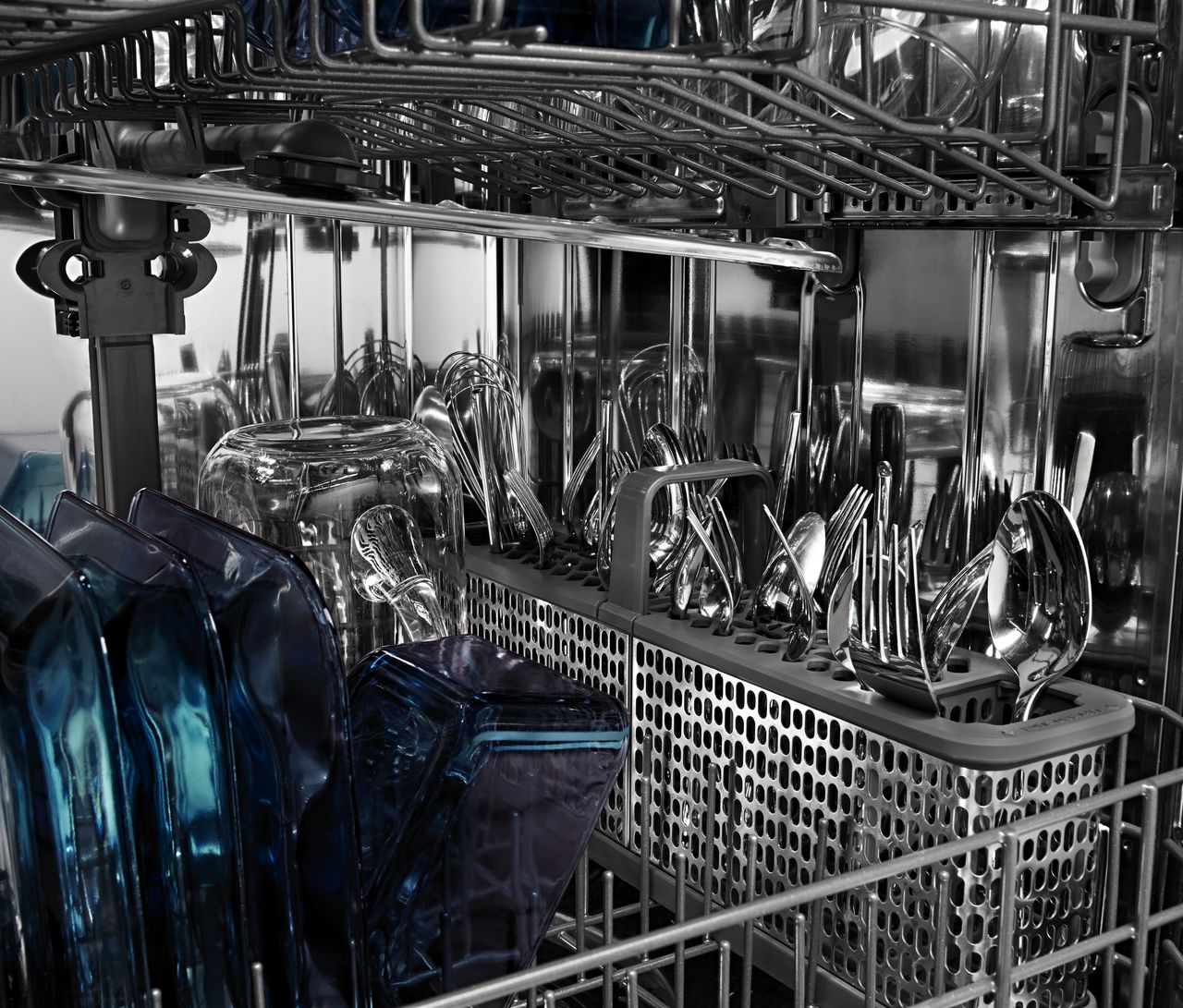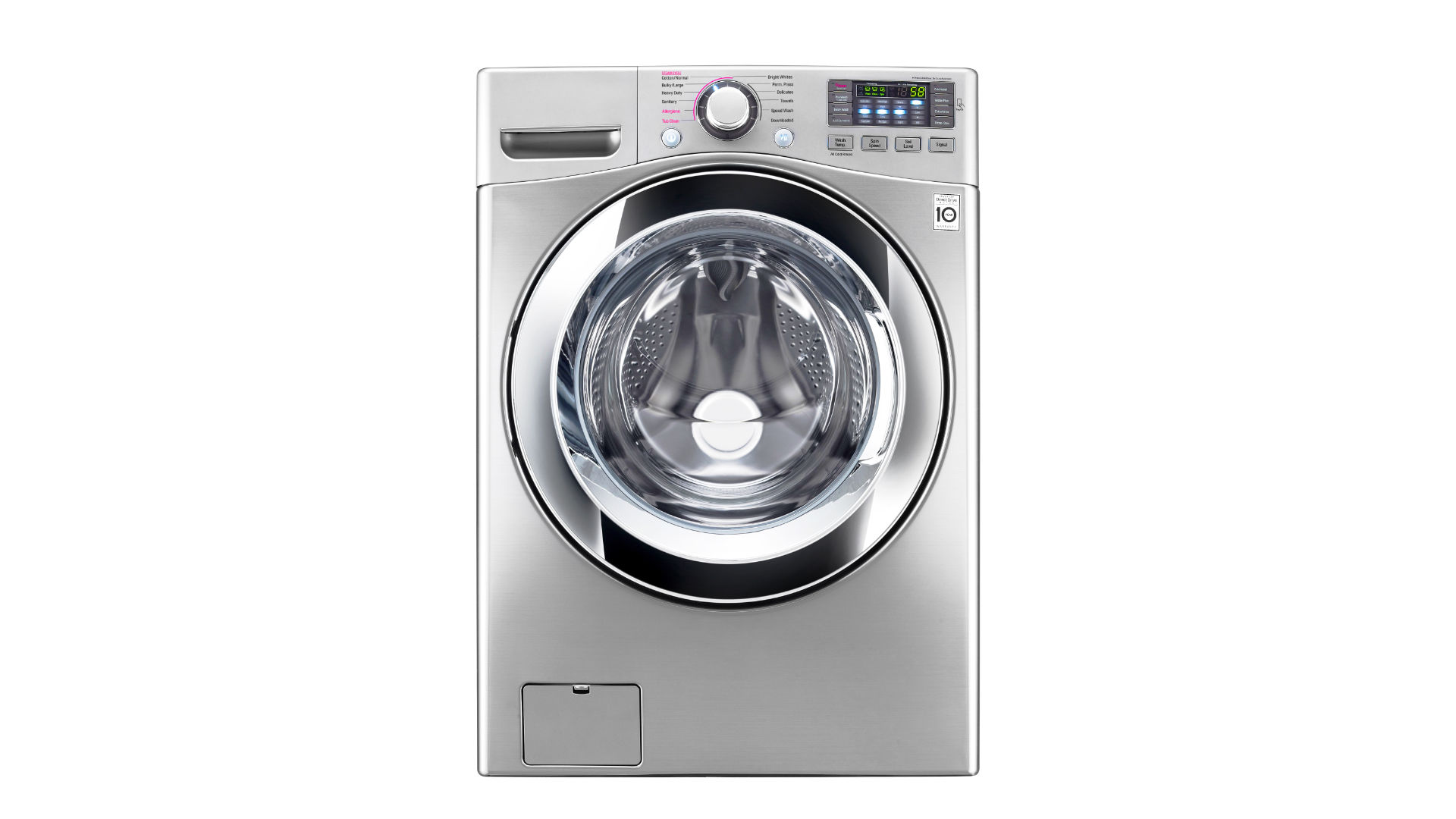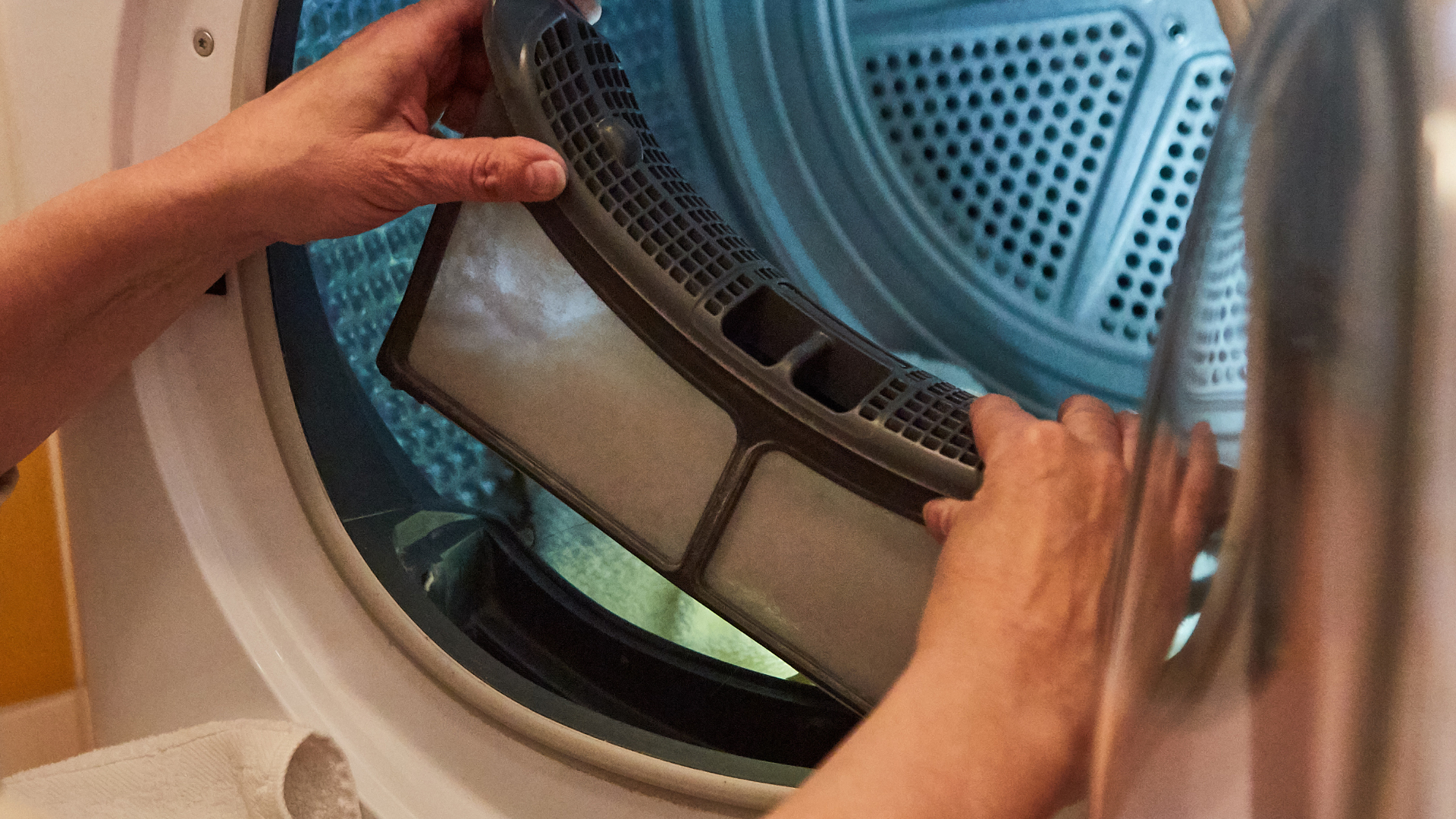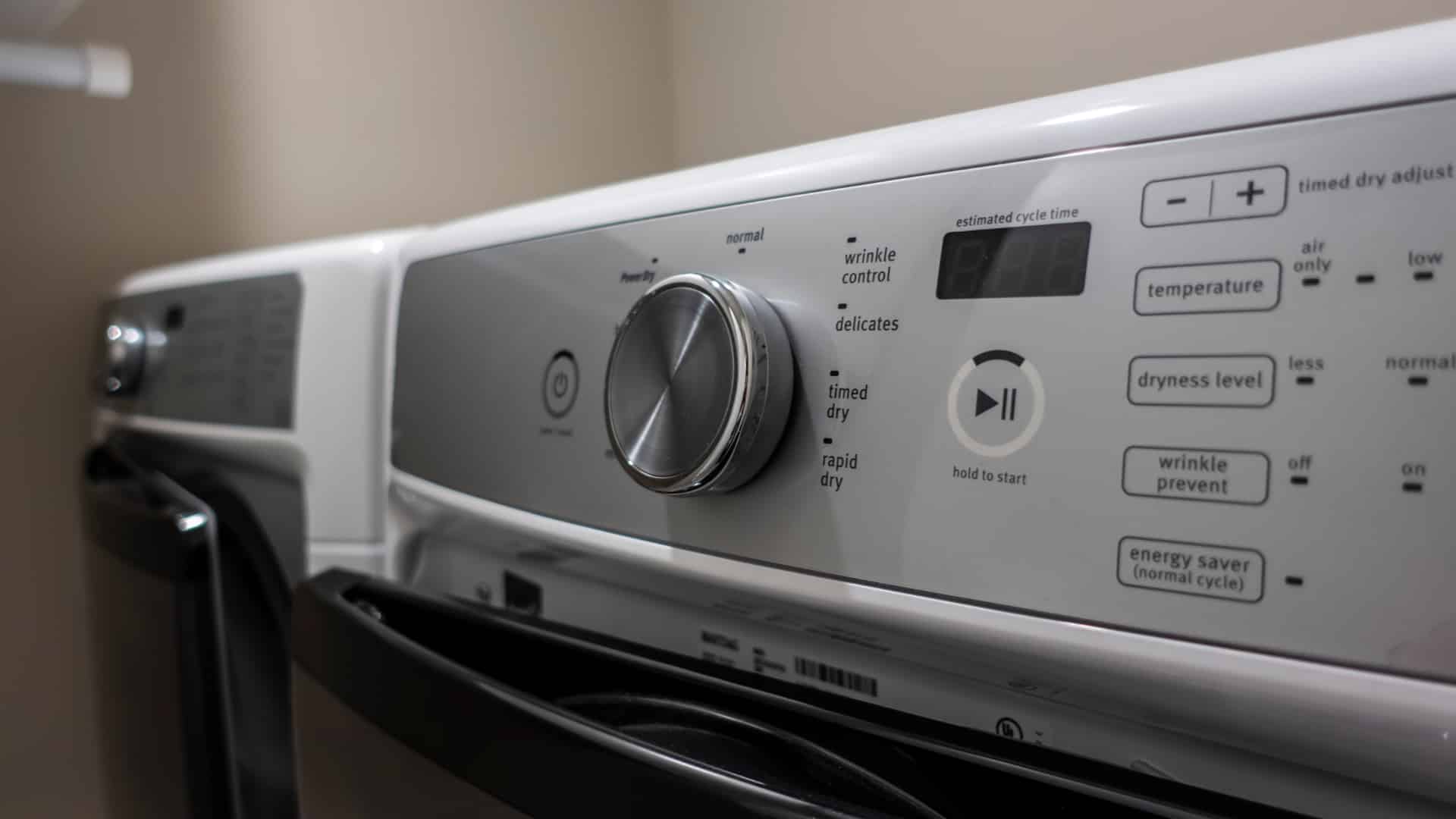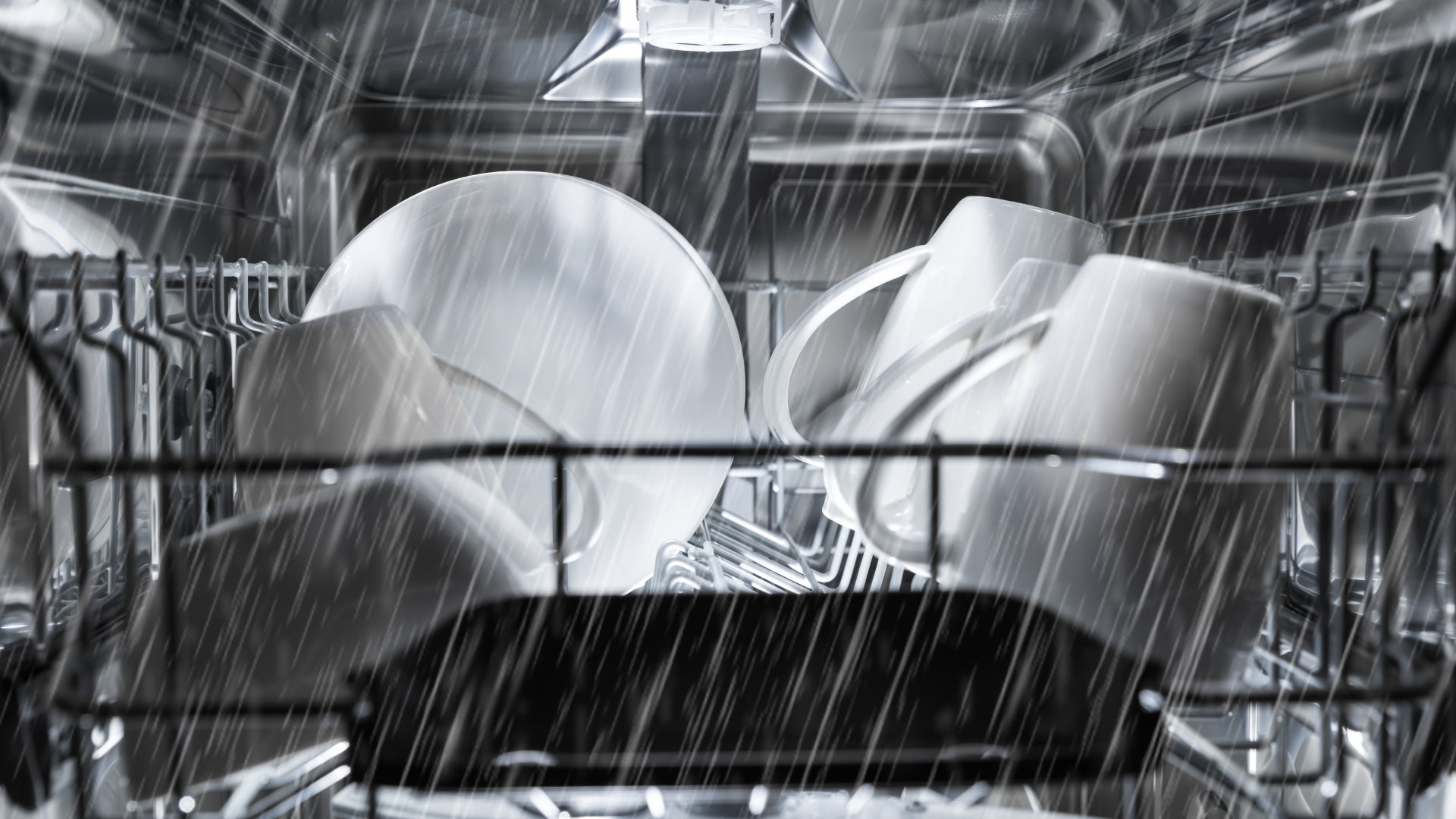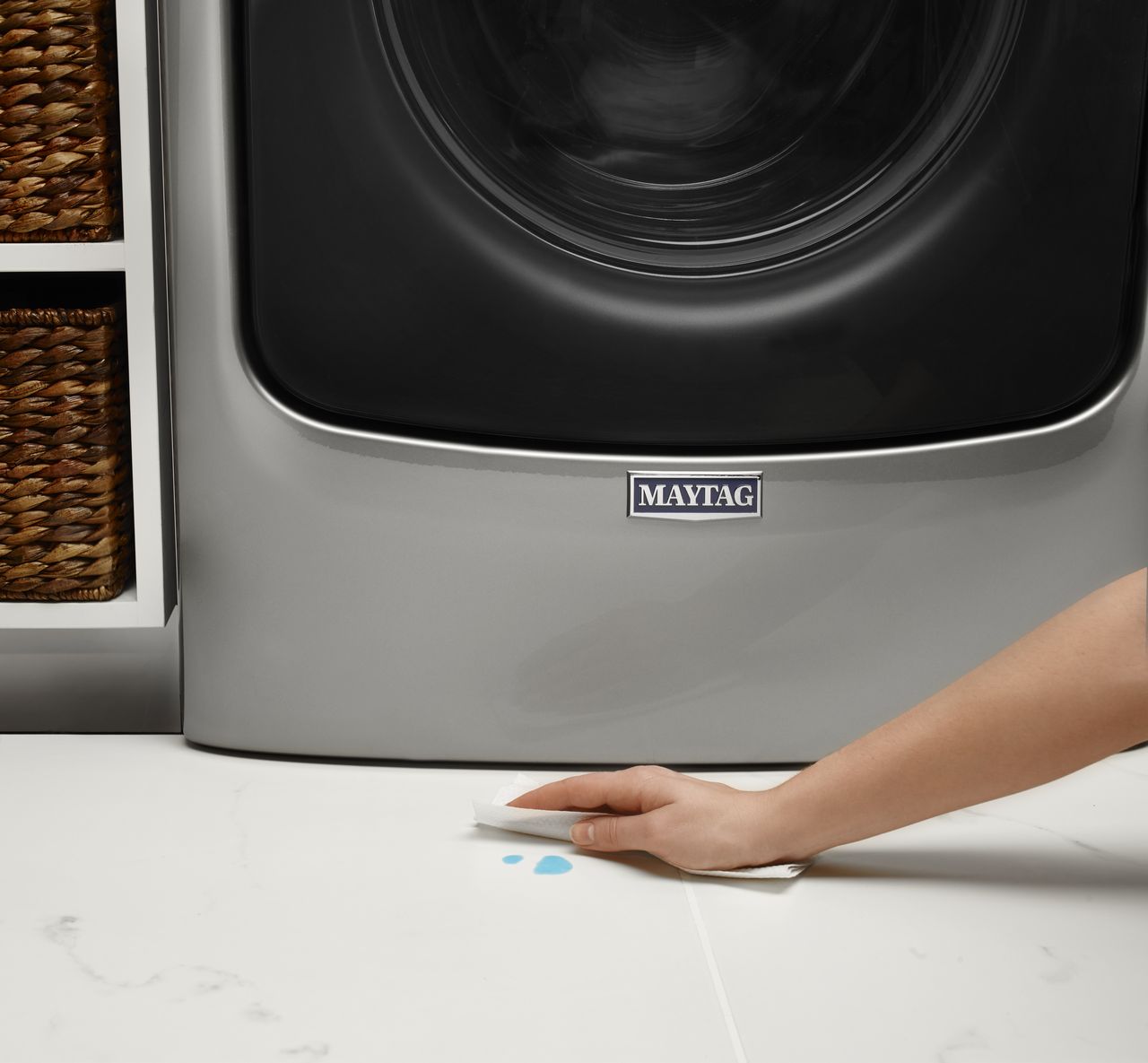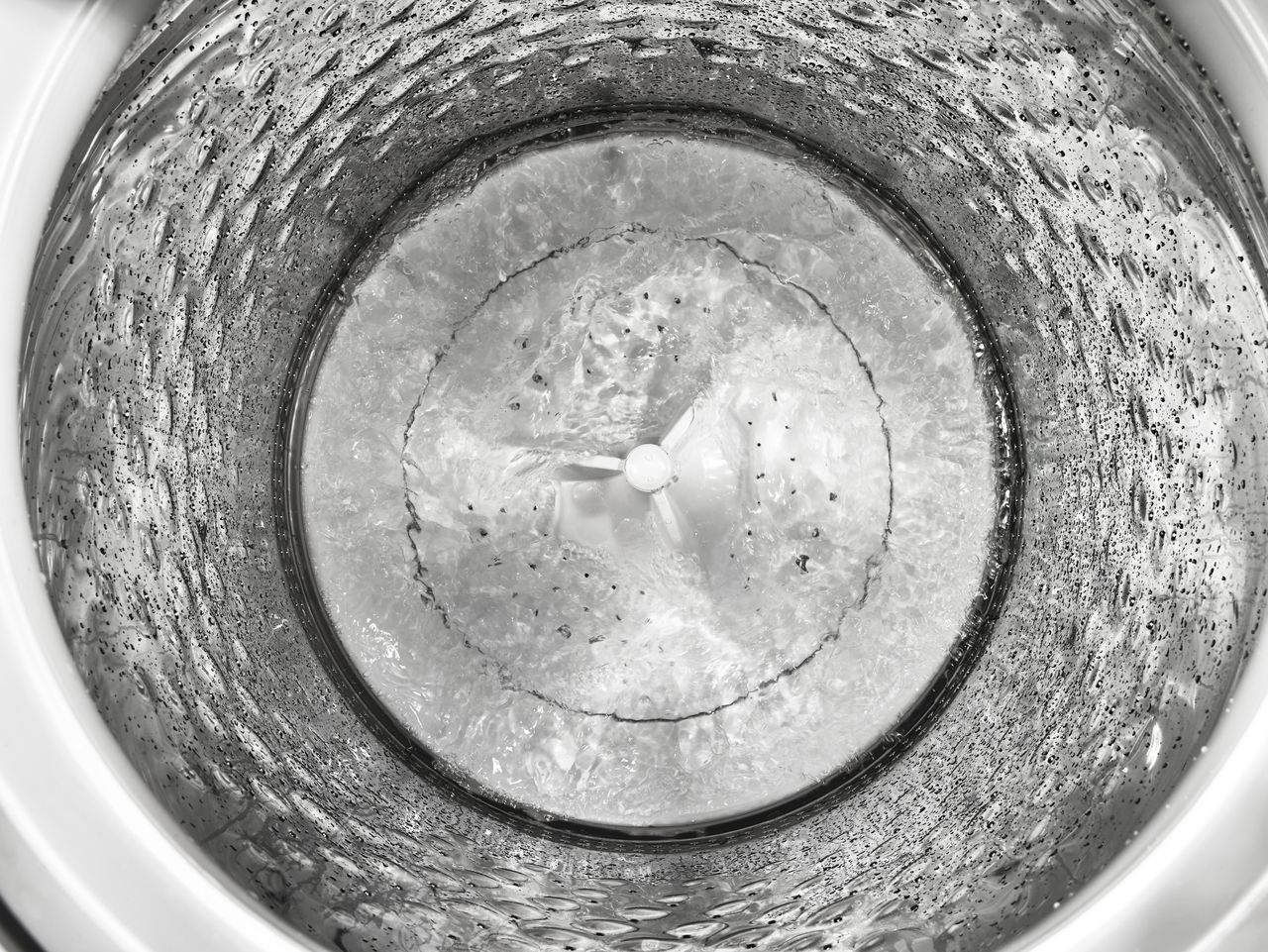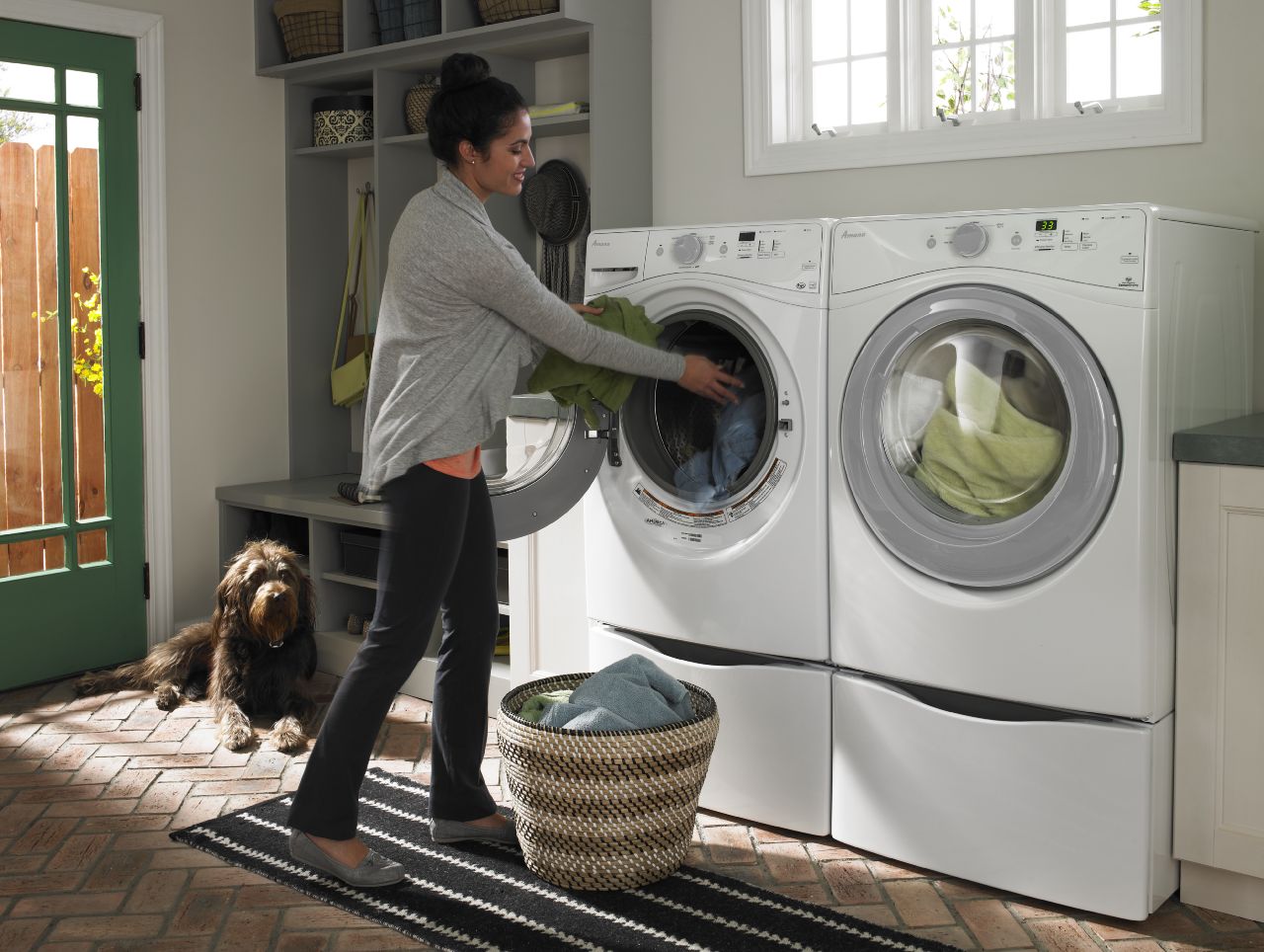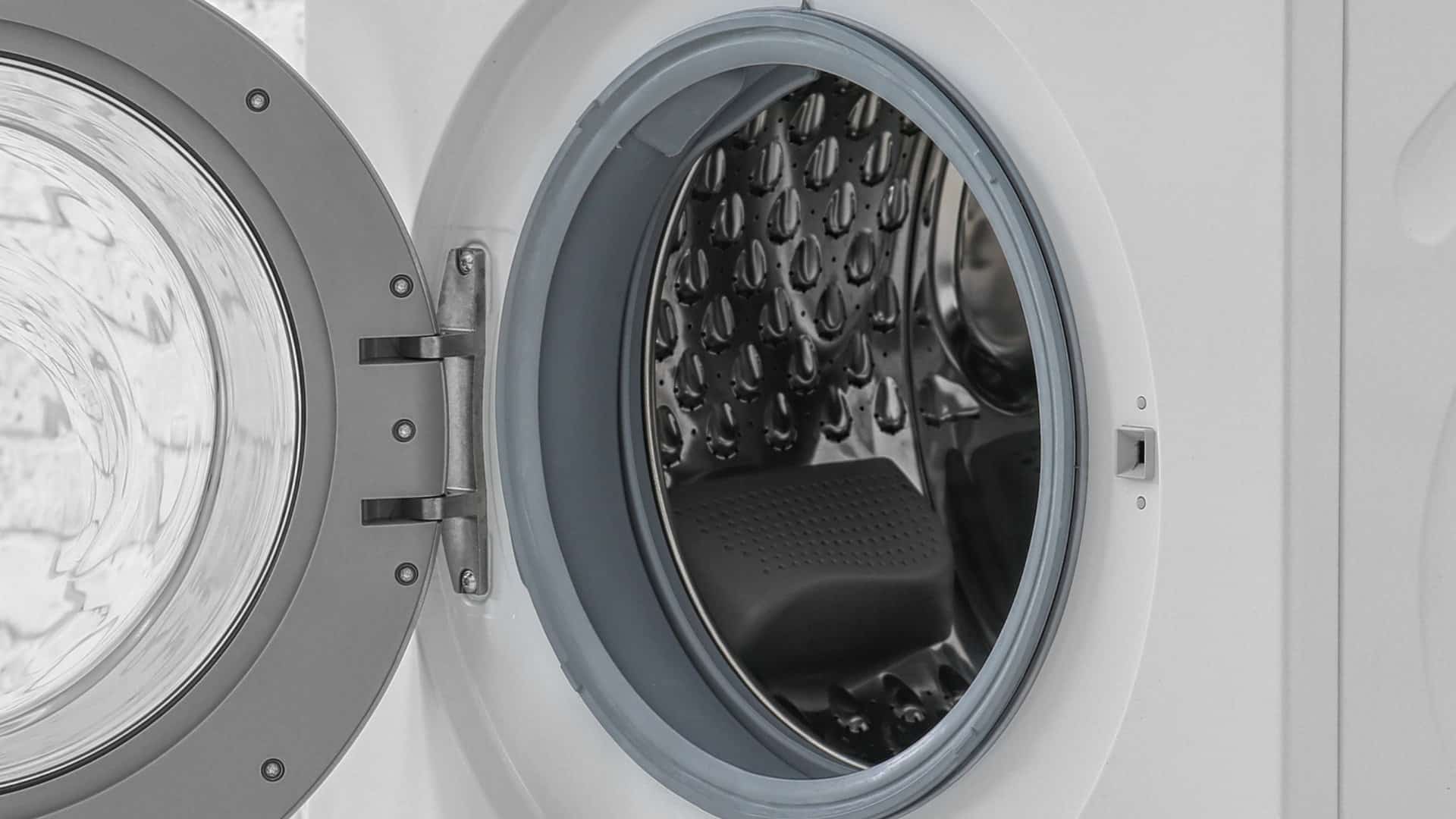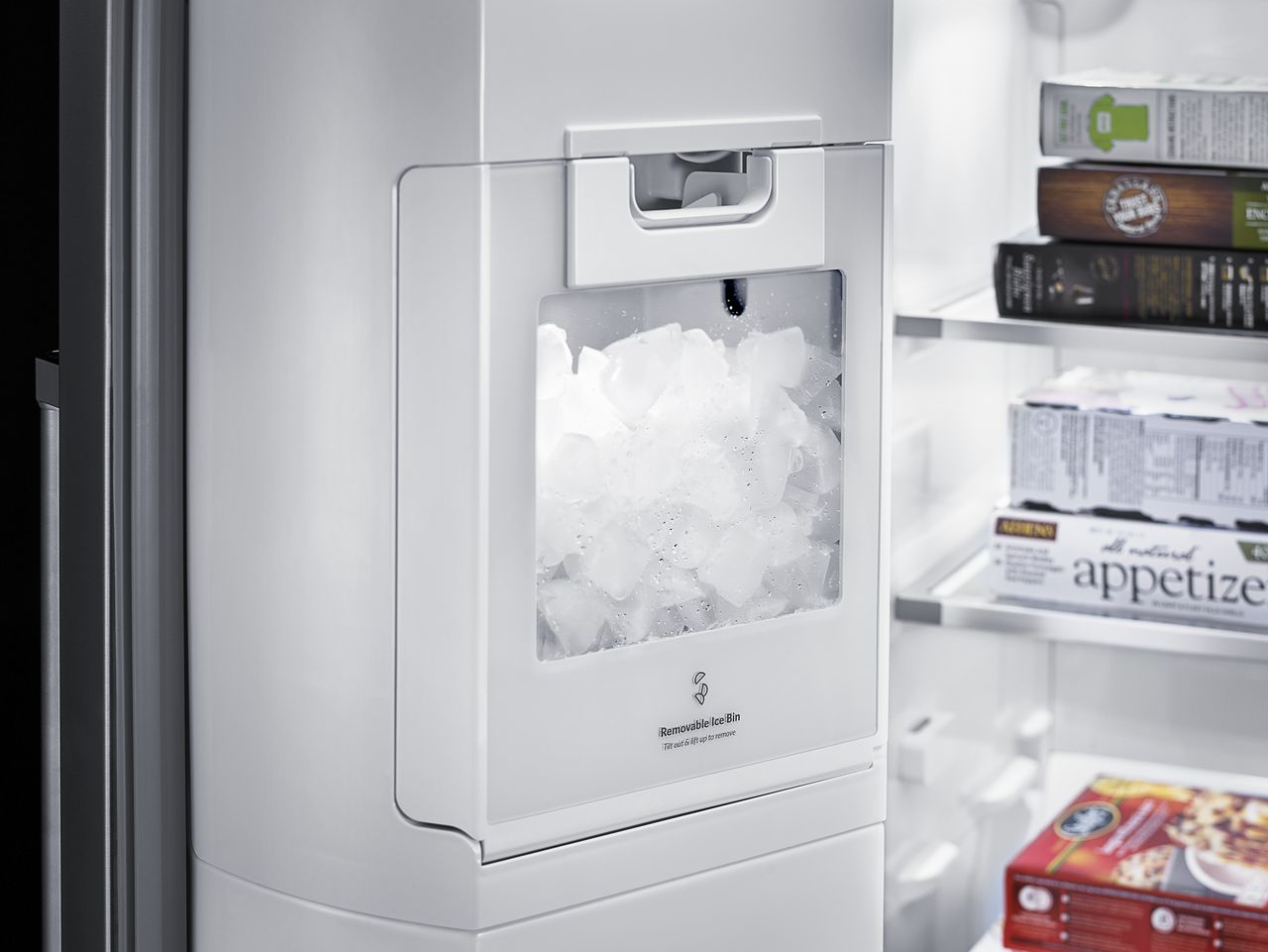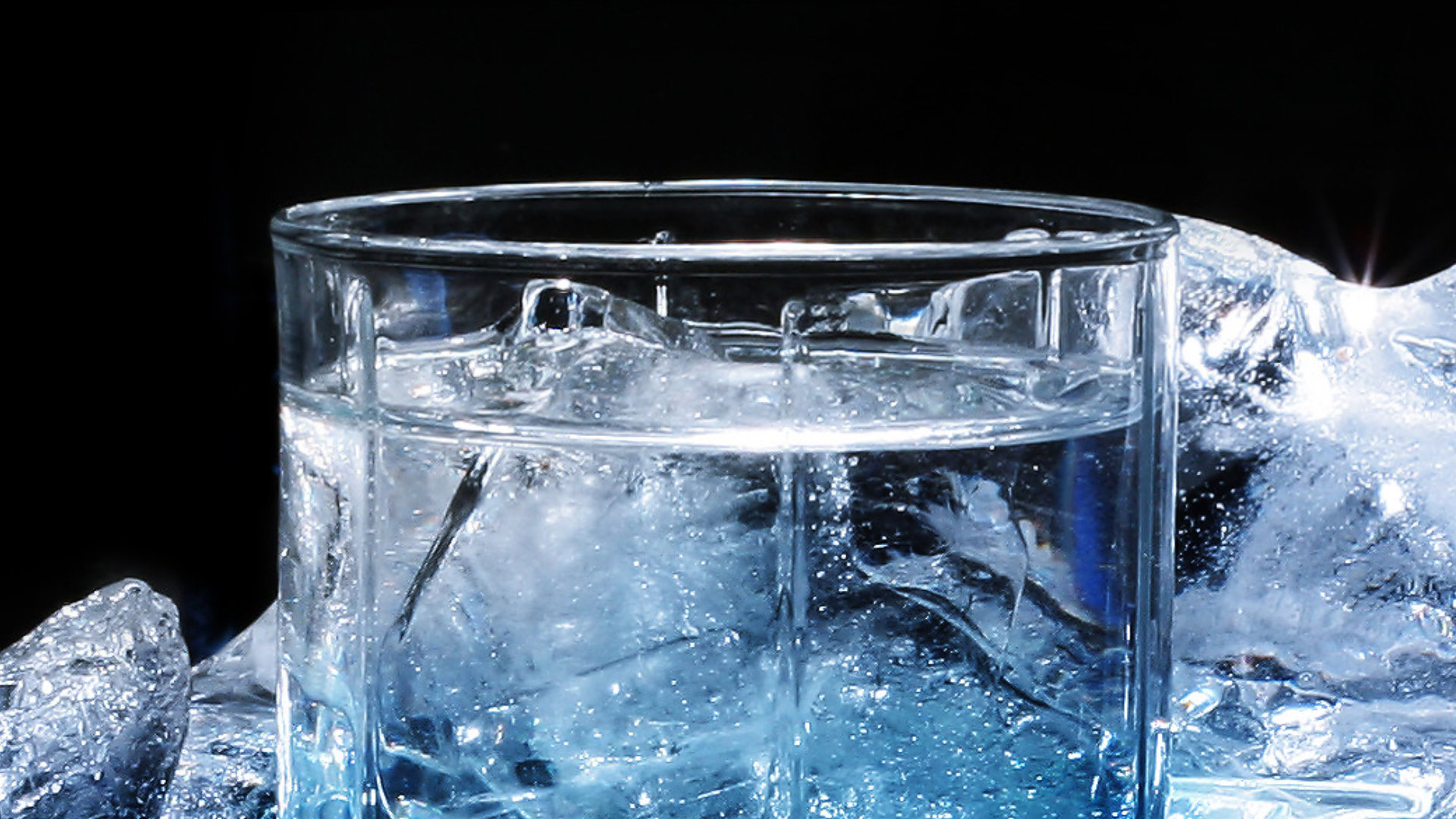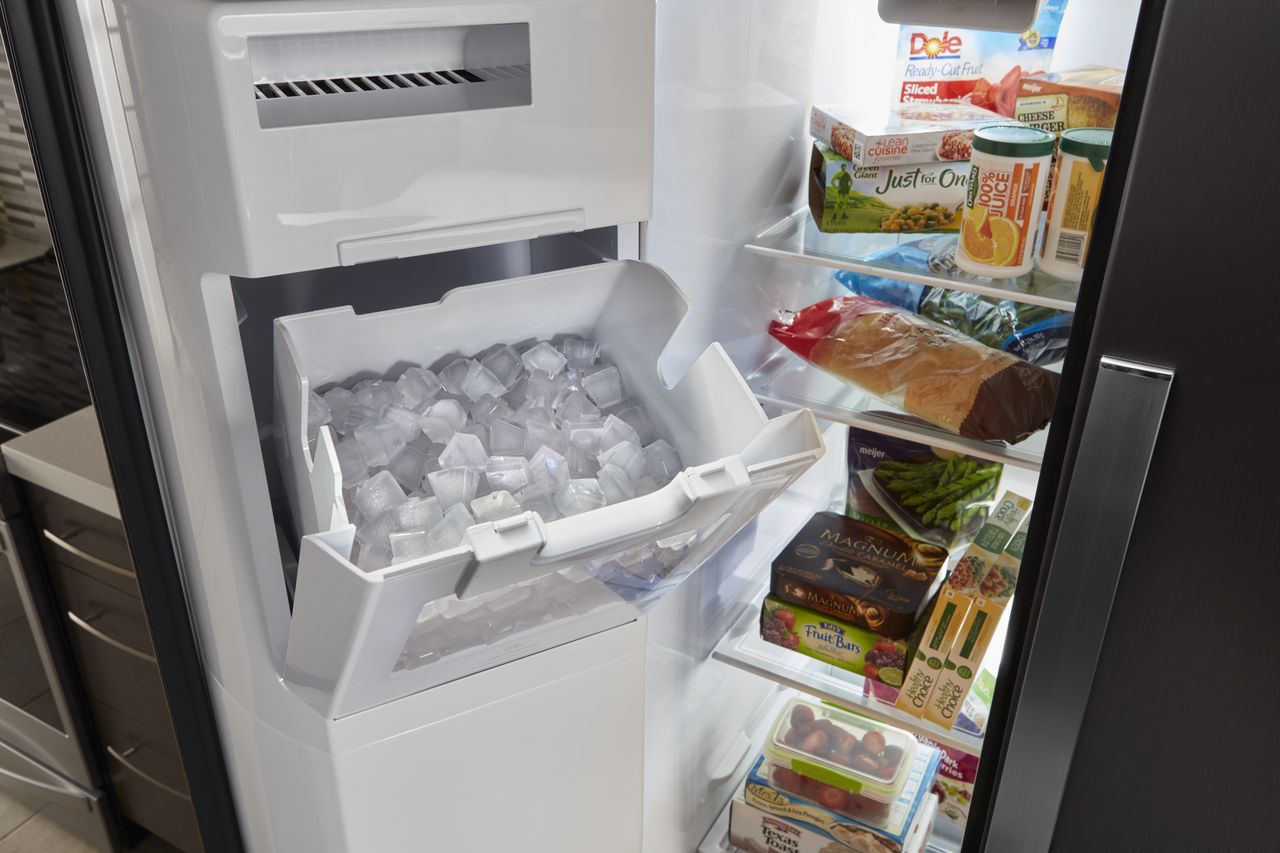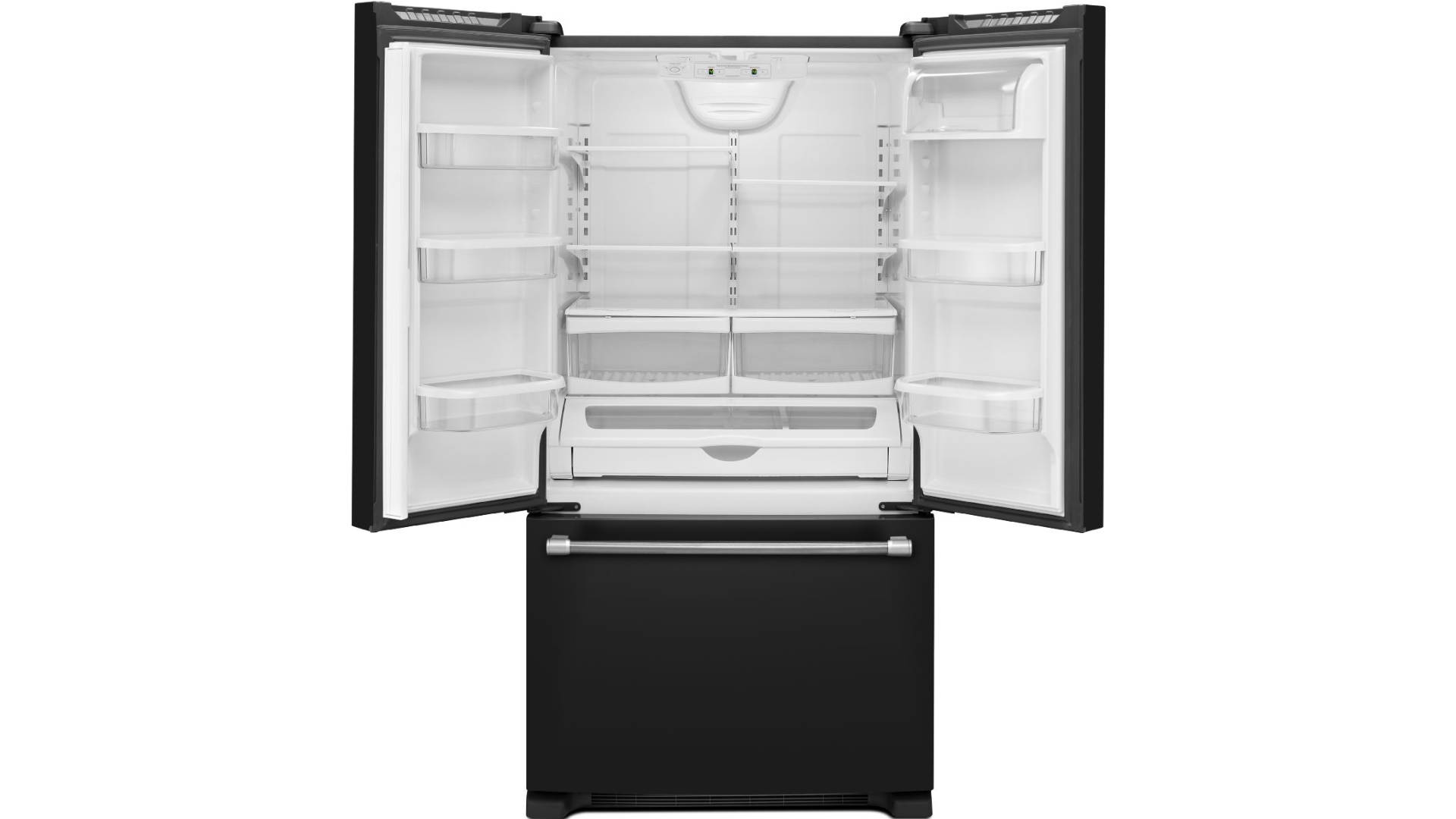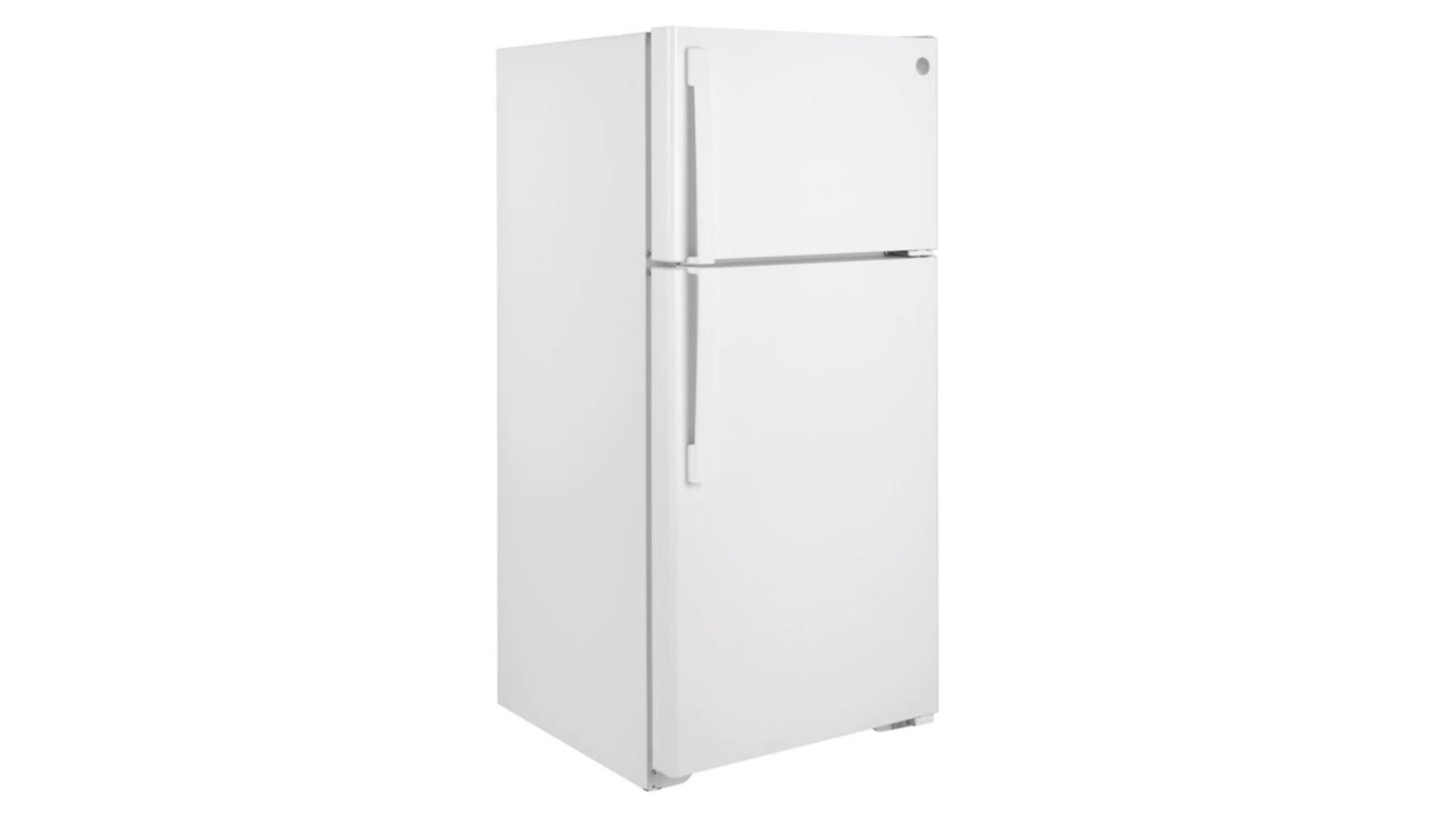If you clean your cooktop after every single time you cook something on it, you will likely never have to worry about those tough cooked on bits of food. However, life is hectic and most appliance owners don’t clean their cooktop after every use. If you are especially busy, it may be lucky if it gets cleaned once per week. Over time, food particles will harden and get cooked on by using your stove which results in some pretty tough cleaning.
If you break out the harsh cleaners and maybe some steel wool, it would make short work of these stains, but it comes with some sacrifices. Hard scrubbing and very abrasive cleaners will result in scratching your cooktop. Regardless of if you have the glass cover of built-in cooktops or the standard painted steel of a range, scratches will appear if you clean roughly. However, unlike that tough cooked on food, those scratches won’t go away with another cleaning. They will be there forever and your cooktop will only grow uglier. Furthermore, deeper scratches on glass can lead to uneven heating in some cases and removing the protective paint from a standard cooktop can be an invitation for rust.
If you have a nice new cooktop or do not want to further the scratches you already have on it, there are a number of solid ways to remove tough food stains without causing damage.
Baking Soda
Your mother or grandmother probably swore by baking soda when it came to cleaning, and while there are hundreds of fancy cleaners you can buy today, baking soda is still very much the best option. Consider it to be your secret weapon when it comes to cleaning. While baking soda is considered an abrasive substance, and while abrasive substances will cause scratches, the powder is fine enough that it can be a tough cleaner without causing damage.
To clean your cooktop, wipe any loose food particles away with a wet sponge (not steel wool). While the stove is still damp, sprinkle the baking soda on any tough remaining areas. Start scrubbing with your sponge in a tight circular motion. You will be shocked on how effective it is.
On glass stoves, this can also help buff out minor scratches, but if the scratch isn’t disappearing in a few seconds, you need to stop. This means it is too deep to buff out and you risk causing further scratching or dulling the area.
Add Vinegar to the Mix
If baking soda and water alone are not removing the tough areas, clean the baking soda away and add vinegar to the party. You can create a great all-purpose cleaning solution by combining one part vinegar with four parts water in a spray bottle. Use this to spray down your stove and then add the baking soda. Unlike you would expect, there is very little fizzing, but baking soda and vinegar combined can remove stains and cooked on food particles better than any other cleaning product you can buy. Furthermore, vinegar will sanitize the surface and will work with baking soda to deodorize it as well.
Scraping
There will always be a few pieces of food that just will not come loose. As you clean it, they even seem to be getting more stuck as the rough edges are buffed away. In these cases, you will need to scrape it in order to remove the bulk so it can actually be removed.
It is typically a better idea to start with a plastic scraping tool like a scraper for your dishes or an old credit card. These run a lower risk of scratching if you get too vigorous. However, a razor blade will make sure it is removed, but, you need to work it gently in order to prevent scratches.

